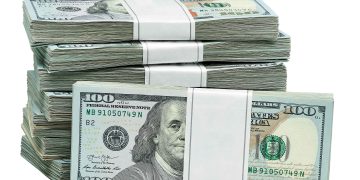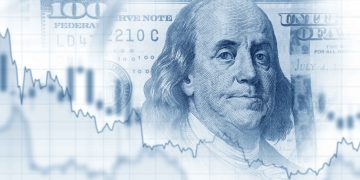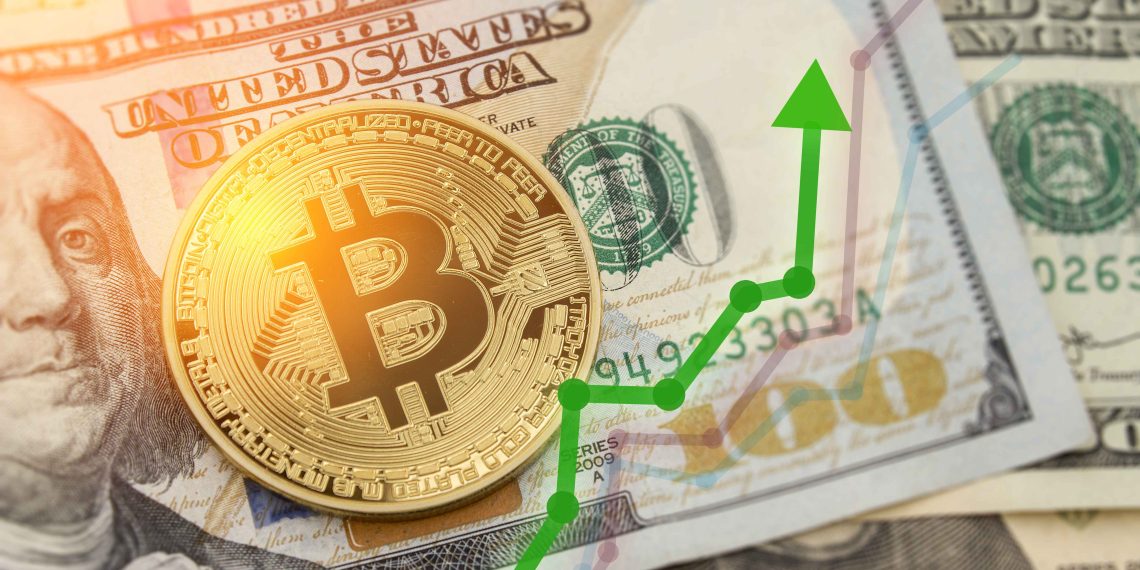The U.S. dollar reached a one-year high on Thursday, marking its fifth consecutive day of gains, driven by higher Treasury yields and the market’s optimistic outlook on Donald Trump’s economic policies following his 2024 election victory. The greenback surged above 156 yen, its highest level since July, while the euro slumped to $1.0546, the lowest level since November 2023. The British pound also fell to a three-month low against the dollar, dropping to $1.2683.
The dollar’s strength can be attributed to several key factors, particularly the anticipated rise in trade tariffs and stricter immigration controls under the incoming Trump administration. These policy shifts are expected to drive inflation higher, which in turn could delay the Federal Reserve’s expected interest rate cuts, prolonging a favorable environment for the dollar. Furthermore, expectations of increased fiscal spending and a growing deficit are pushing U.S. Treasury yields higher, providing additional support to the dollar.
Chris Weston, Head of Research at Pepperstone, commented that the U.S. dollar is “backed by carry, momentum, growth differentials, and impending fiscal and tariff kickers.” This suggests that until there is a major shift in U.S. economic fundamentals, the dollar’s strength is likely to continue. The U.S. Dollar Index (DXY), which tracks the dollar against six major currencies, increased by 0.2% to 106.69, its highest since early November 2023, further indicating the greenback’s resilience in global markets.
Meanwhile, in the cryptocurrency market, Bitcoin also hit a new all-time high of $93,480, as Trump’s commitment to making the U.S. a “crypto capital” boosts investor confidence. Despite slight dips in U.S. consumer inflation and soft data from Australia, which saw the Australian dollar hit a three-month low, the overall market sentiment remains positive toward the U.S. dollar. With ongoing inflation pressures and rising Treasury yields, the greenback’s momentum shows no signs of slowing, while other currencies, such as the Australian and New Zealand dollars, continue to face challenges.
This ongoing strength of the dollar highlights its continued role as a dominant global currency, benefiting from robust U.S. economic policies and a favorable investment environment.





















